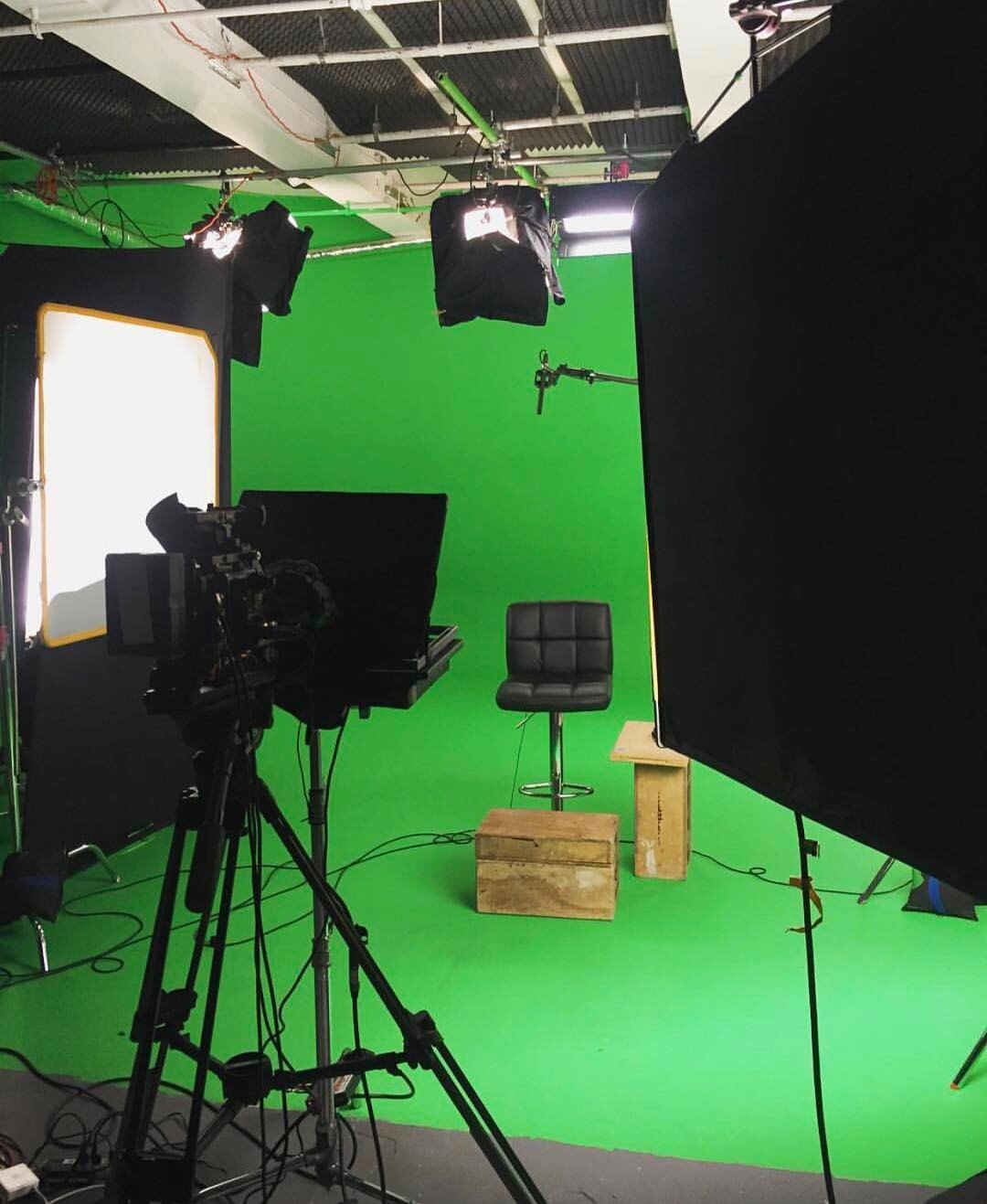Many documentaries incorporate interview set-ups with a subject. The subject is the main focus of the video who is properly lit and you can hear crisp sound as they revel on a particular topic. Looks simple enough, right? Wrong. It is actually more complex than it looks. There are many things to consider, like lighting set-up for instance. Here are some tips to consider before your next Interview production.
1. Research and Prep
Research and preparation are the backbone to any good interview. Know what you want from the interview and prepare questions ahead of time. Even if you want spontaneous responses from the subject, you should still have an outline for what you need to have covered. Maybe you want to give hints about what you want to hear. Or organize your questions so the easiest questions are asked first so the subject feels more at ease.
2. Pick A Style
The creative team must decide on the look and feel of the interview. Are you going with a natural look or a dramatic one with more intense lighting? Do you need animation in the background? Or will you be shooting everyone from different places and thus need green screen to key in a consistent background in post?
3. Location
Once you pick a style or the creative team decides on a look and feel, the next thing to consider is location. Will it be outdoors? Or maybe a studio where you can control every element makes more since? Perhaps, you just want a white cyclorama or maybe you need a green screen? (For white cyc or green screen, view Bravo Studios’ stage options here.)
4. Lighting
After deciding a location, you must decide on the equipment you will need to properly light your subject. The basic 3 point lighting technique is a filmmakers’ favorite. It isolates the subject from the background and highlights his/her facial expressions and emotions. The three point light consists of the back light, the key light, and the fill light. Every stage rental at New York Greenscreen Bravo Studios comes with its own unique basic lighting package. We use the Quasr Science LED bulbs for the pre-lit cyc lights.
5. Multi-Cam
Does the creative only require one camera? Or maybe a multi-cam set-up makes more sense? Having at least two cameras may make for a more dynamic final product and provide more editing options. Shooting with multiple cameras also protect you if one camera happens to fail. Bravo Studios’ also have cameras that are available for rent with a stage booking. We suggest the Arri Amira.
6. Pick An Eyeline
Always decide on an eyeline and stick to it. It can be incredibly distracting to have the subject change his/her eyeliner throughout an interview. Will the subject be looking at the interviewer or directly at the camera? Once decided, make sure the interviewer and the subject is clear on this decision. It will also help if the interviewer maintains eye contact with the subject throughout.
7. Audio
Consider using a professional sound recordist. Bad sound can easily turn off the audience. To avoid this, have someone in your crew to solely focus on audio. When producing the shoot, have sound record a little sooner even before you get the picture lock. It doesn’t hurt and you might get some off-the-cuff audio that you can use later. Many productions utilize wireless lapel mic with a boom as well, just so they don’t miss anything.


